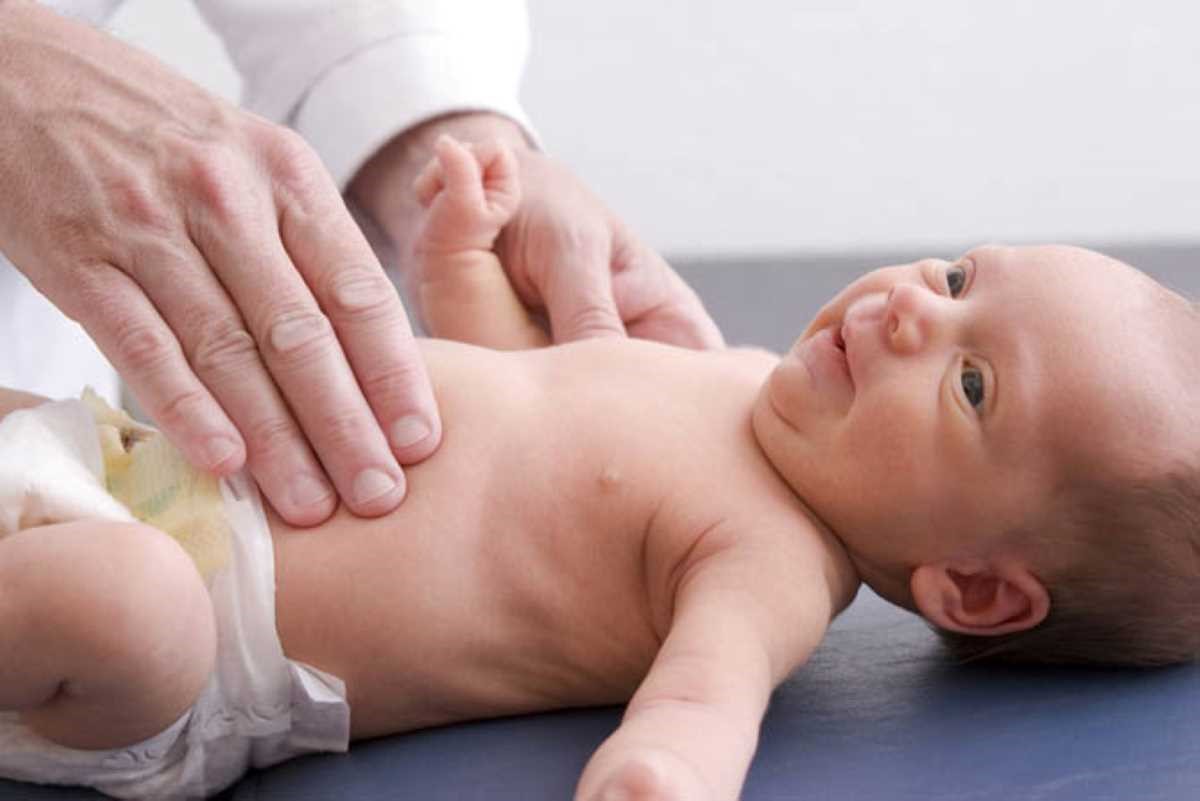
Myotonic dystrophy: symptoms, diagnosis and treatment
Discovered by Steinert in 1909, as a variant of congenital myotonia and later re-evaluated by Batten and Gibb as a disease in its own right, myotonic dystrophy is a multisystem disease (i.e. it affects several of the body’s systems) characterised by a difficulty in releasing muscles after voluntary contraction
The disease can occur in adulthood or in the perinatal age; in the latter case it is called congenital and has a much more severe course.
The apparatuses more or less involved are the central nervous system, the cardiovascular system, the endocrine system, eyesight, the muscles and, of course, the respiratory system.
Myotonic dystrophy is a hereditary, autosomal dominant disease
This means that it is not gender-dependent and has a 50% risk of recurrence per pregnancy.
The cause is the abnormal expansion of the three bases (triplet) of a gene located on chromosome 19, the DMPK gene.
The greater the triplet expansion, the more severe the disease and the earlier its onset.
Furthermore, it must be said that, according to the phenomenon known as anticipation, the expansion increases from generation to generation and the severity of the symptoms and the earliest onset also increase proportionally.
The congenital form, the most severe, is transmitted exclusively by the mother.
Symptoms of myotonic dystrophy
Typical signs of myotonic dystrophy are respiratory insufficiency even during the day, persistent arrhythmias, early onset of cataracts, early onset of baldness, impaired thyroid function and sometimes even testicular function, marked hypersomnia during the day, signs of scoliosis.
In cases of the congenital form, infants may also have difficulty swallowing and sucking, sometimes needing effective resuscitation manoeuvres.
With the passage of time, however, if the infant manages to survive, these symptoms tend to recede, while the cognitive deficit remains, and even severely so.
The symptoms may also not present all at once or with the same intensity, so that different clinical pictures are created depending on the combination of signs and symptoms and the intensity of each.
In some circumstances, the signs may be so mild that they may even go undetected for a long time.
The congenital form is, in any case, the one with the most severe prognosis.
Diagnosis and treatment
Diagnosis is made by means of an objective examination.
The physical appearance of affected patients and the simple evidence of the lack of muscle release after voluntary contraction allow an immediate diagnosis to be made, which must then be confirmed by other examinations, such as electromyography and genetic testing.
A muscle biopsy is unnecessary.
Genetic testing is also recommended for family members in whom cases of myotonic dystrophy have occurred to ascertain whether and how many of them are susceptible to the disease.
Prenatal diagnosis is also possible, in the event that one of the parents has the disease, with amniocentesis or chorionic villus sampling and analysis of the presence of triplets in the tissue.
These examinations can predict whether or not the child will be affected by myotonic dystrophy, but cannot give certainty as to the severity and time of onset, since the extent of the expansion, on which the time of onset and severity of the disease depend, is different depending on the tissues analysed.
Unfortunately, there are no therapies that can cure myotonic dystrophy, but there are treatments that can combat its symptoms.
Every system of the body or district involved will have to be treated to stem the damage (respiratory, cardiological, endocrinological, etc. separate treatments).
With regard, however, more strictly to myotonia, quinine seems to have a good effect.
Read Also:
Emergency Live Even More…Live: Download The New Free App Of Your Newspaper For IOS And Android
What Is Duchenne Muscular Dystrophy?
Today Is World Duchenne Muscular Dystrophy Awareness Day
When Dementia Affects Children: Sanfilippo Syndrome
Zika Linked To Guillain-Barre Syndrome In New Study
Down Syndrome And COVID-19, Research At Yale University
Rescue Training, Neuroleptic Malignant Syndrome: What It Is And How To Deal With It
Guillain-Barré Syndrome, Neurologist: ‘No Link To Covid Or Vaccine’
Facial Nerve Injuries: Bell’s Palsy And Other Causes Of Paralysis
Rare Diseases: Russian Economist Anatoly Chubais Diagnosed With Guillain Barré Syndrome
Ultrarare Diseases: First Guidelines For Malan Syndrome Published


